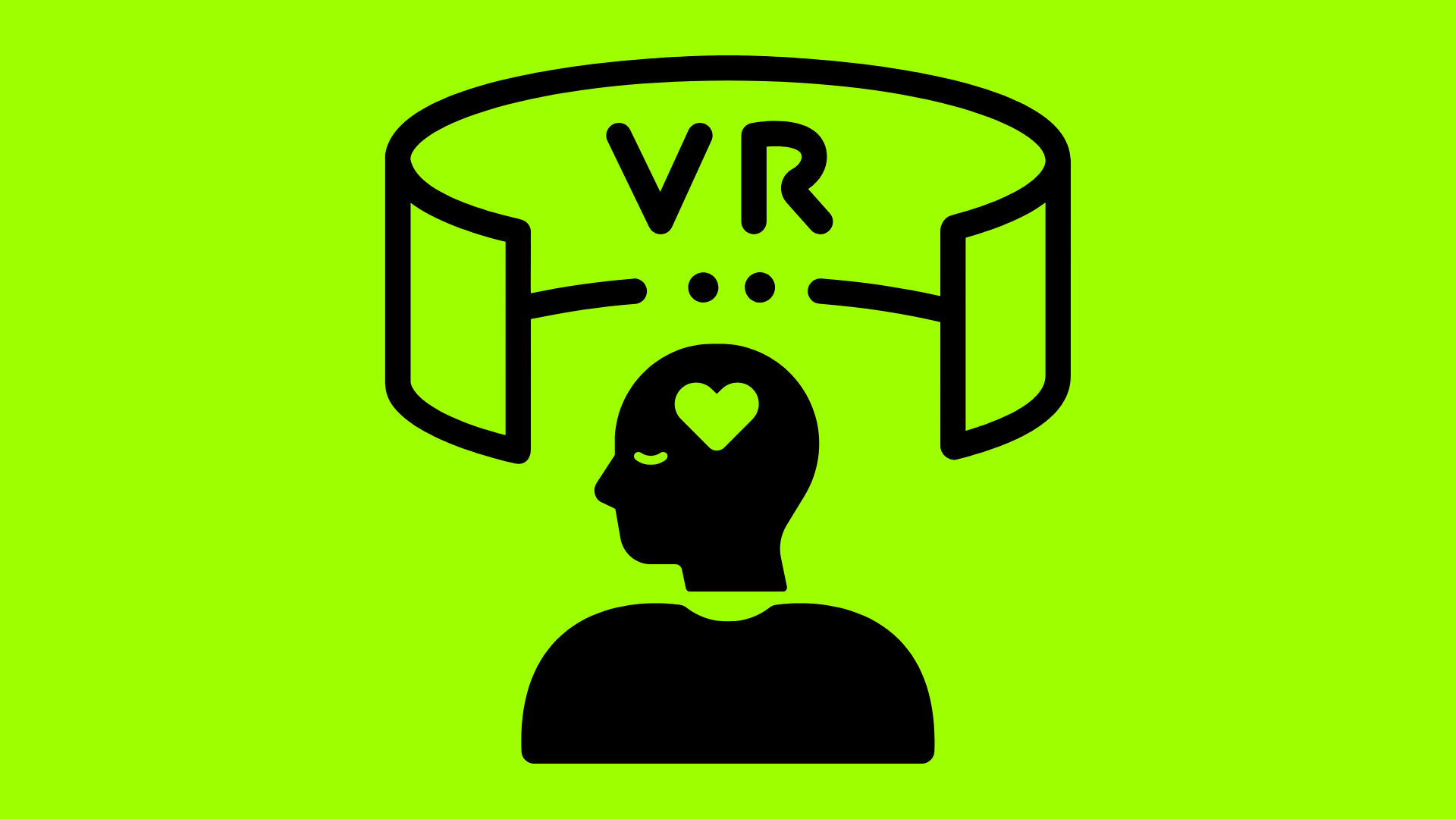The Future of Mental Health is Immersive
Virtual reality (VR) has been making waves in the field of mental health, and rightly so, particularly when it comes to treating phobias and panic attacks which is what i'll focus on today.

Virtual reality (VR) has been making waves in the field of mental health, and rightly so, particularly when it comes to treating phobias and panic attacks which is what i'll focus on today.
By immersing individuals in a simulated environment that replicates the feared object or situation, VR therapy allows individuals to confront and overcome their fears in a controlled and safe setting.

Panic attacks
Virtual reality (VR) can be a useful tool for helping people with panic attacks because it allows individuals to confront and work through their fears in a controlled, safe environment.
By using VR, people can expose themselves to the triggers that cause their panic attacks in a controlled way, which can help them to better understand and manage their anxiety.
VR can also be used to teach relaxation techniques, such as deep breathing and mindfulness, which can help people to cope with panic attacks when they occur. Overall, VR can be a valuable tool for helping people with panic attacks to manage their anxiety and improve their quality of life.

Ten ways VR can help people with Panic attacks
- Providing a sense of control and safety in virtual environments
- Exposing patients to feared situations in a controlled and safe setting
- Teaching relaxation techniques through immersive simulations
- Distracting patients from panic symptoms through engaging activities
- Helping patients identify and confront triggers for panic attacks
- Improving social skills and reducing social anxiety through virtual interactions
- Providing a sense of immersion and distraction to help patients relax
- Allowing patients to visualize and practice coping mechanisms
- Helping patients to understand and process traumatic memories
- Offering an alternative to traditional therapy methods for patients who may have difficulty with traditional talk therapy.
Phobias
Virtual reality (VR) can be an effective tool for helping people overcome phobias because it allows individuals to gradually and safely expose themselves to the things they fear.
By using VR, people can confront their phobias in a controlled environment, which can help them to learn to cope with their fears and eventually overcome them.
VR can also be used to teach relaxation techniques, such as deep breathing, much like for panic attacks, and also mindfulness techniques, which can help people to manage their anxiety and cope with their phobias.

Overall, VR can also be used to expose individuals to their feared object or situation in a gradual and incremental manner, allowing them to build confidence and resilience over time, familiarity breeds comtempt for the fear itself.
Ten ways VR can help people with phobias
- Exposing patients to feared stimuli in a controlled and safe virtual environment
- Helping patients overcome avoidance behaviors associated with phobias
- Teaching relaxation techniques through immersive simulations
- Gradually increasing the level of exposure to feared stimuli in virtual environments
- Helping patients identify and confront triggers for phobic reactions
- Improving social skills and reducing social anxiety through virtual interactions
- Providing a sense of immersion and distraction to help patients relax
- Allowing patients to visualize and practice coping mechanisms
- Helping patients to understand and process traumatic memories
- Offering an alternative to traditional therapy methods for patients who may have difficulty with traditional talk therapy.
Conclusion
With health insurance costs in the USA as they are, and the 30% deductibles, the NHS in the UK maxed out through poor management, is it any wonder people pay out of pocket for more instant and effective ways to get treated.
Immersive technologies are going to be the bedrock of self care / self help in the next decade and beyond, and this will provide vital services to people for the price of a VR game monthly subscription.





